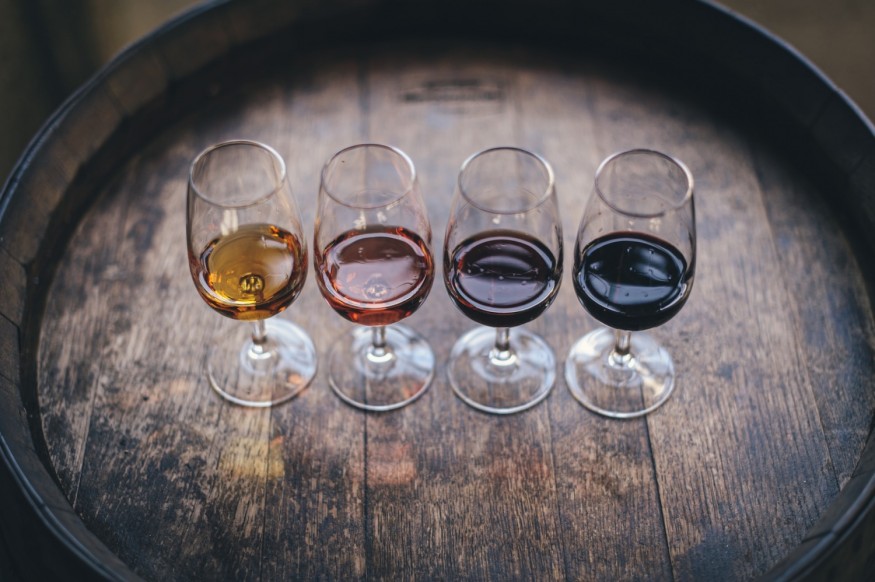
According to recent research, adding gold nanoparticles to wine can improve the aroma.
The scent of the beverage must also be taken into account to create the ideal bottle, and in some winemaking procedures, that fragrance may turn out to be unpleasant.
Wine Aroma vs. Gold Nanoparticles
Reductive aromas, which include those you would associate with "rotten eggs," "rubber," and "canned corn," are frequently described as being produced by volatile sulfur compounds (VSCs) in the drink. These substances are an expensive issue for the business and can impact both red and white wines, and large- and small-scale enterprises.
Australian Wine Research Institute researchers, together with those from Flinders University have now developed a fresh remedy for the issue: gold nanoparticles that can swiftly and environmentally-friendly remove a large amount of sulfur.
According to the study, volatile sulfur compounds, including ethanethiol, hydrogen sulfide, and methanethiol, are responsible for around 30% of all wine flaws and are linked to "reductive" odors in wines.
These substances may significantly affect the scent and perceived quality of wine, which may therefore affect customer preference.
Because of the way that gold reacts with certain sulfur compounds, researchers decided to employ gold nanoparticles. Before attaching the nanoparticles to the neutral substrate, the scientists coated its surface with a thin covering of plasma polymer that had been specially produced.
24 Hours Later
Small strips coated with nanoparticles were tested on samples of both red and white wine that were rich in VSCs. Up to 45% of the free hydrogen sulfide and other undesirable VSCs, such as methanethiol, had been eliminated from the wines after 24 hours of exposure, according to the study's findings.
This surface covering is also rather adaptable. It can be used for all the machinery used in the production of wine, including decanters, filtration devices (used to remove particles), and packaging materials.
The novel method's simplicity in deployment and retrieval, according to Agnieszka Mierczynska-Vasilev, the lead research scientist of the paper from the Australian Wine Research Institute, is one of its main advantages.
The smart surface is essentially introduced to the wine in one step and removed after a certain amount of time, according to Finders University.
Of course, it will take some time before this method is used in commercial settings, but these first findings show great promise for raising wine quality.
Gold Nanoparticles vs. Copper Sulfate
The new strategy is more successful at controlling VSCs than the conventional way of adding copper sulfate, which has its own drawbacks: It can introduce other undesirable tastes, and its usage is controlled for health reasons.
Additionally, although the gold nanoparticle material is simpler, the copper sulfate alternative requires several steps. It is put on the wine, left on for a while, and then taken off.
The researchers concluded that using a sustainable, non-toxic substitute for copper fining might have positive effects on the environment and the economy, Science Alert reports.
The research by Mierczynska-Vasilev, along with several colleagues, has been published in the journal npj Science of Food.
© 2025 NatureWorldNews.com All rights reserved. Do not reproduce without permission.





